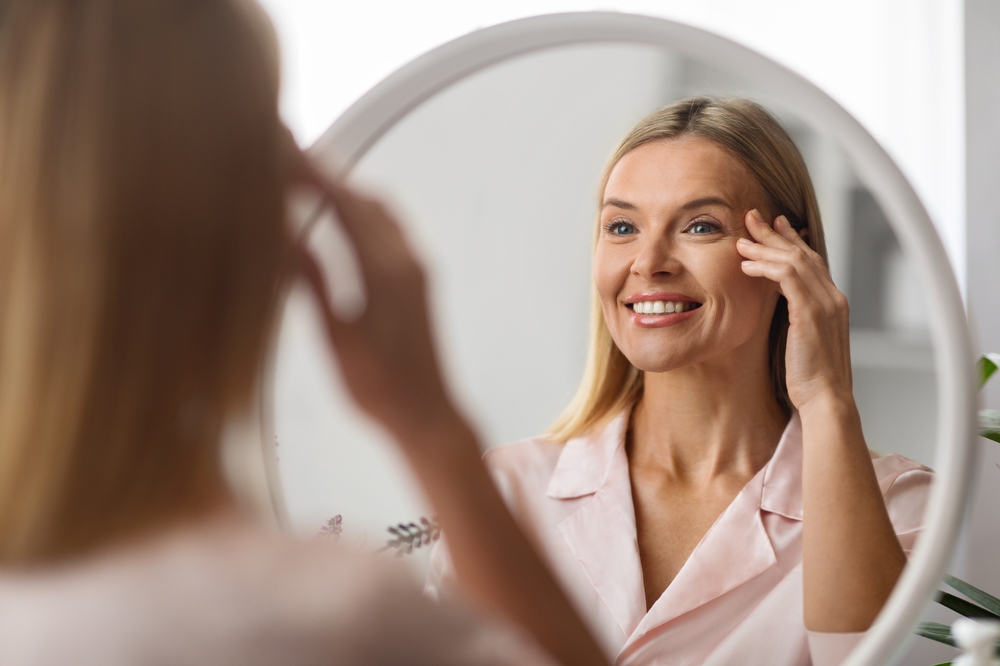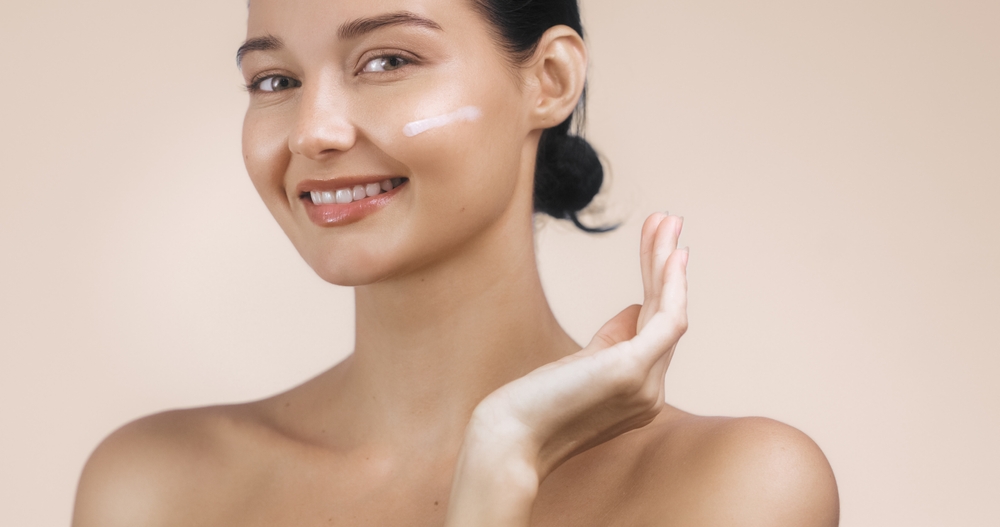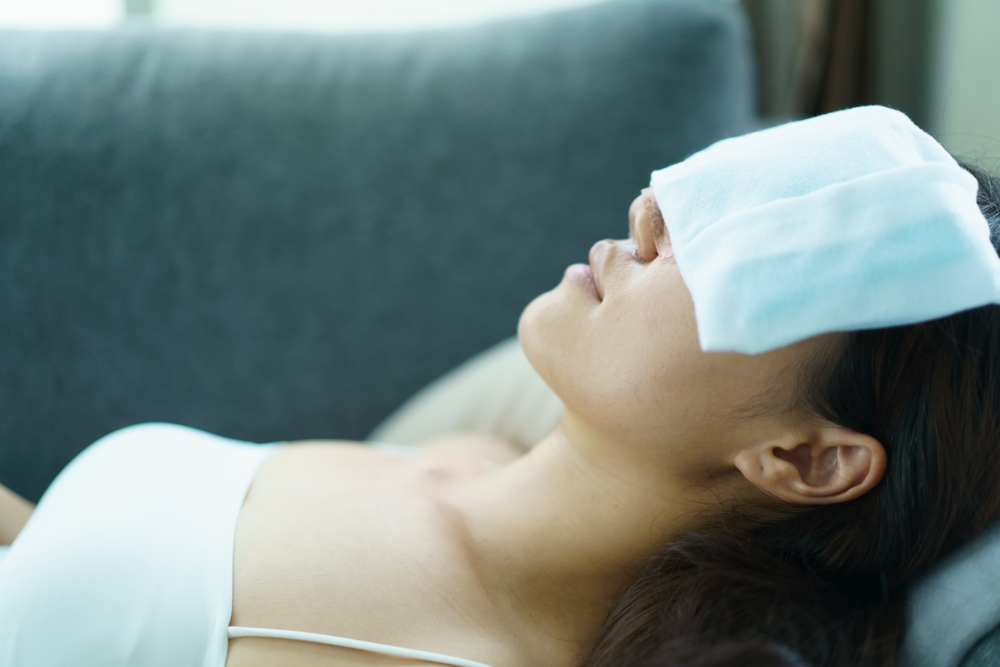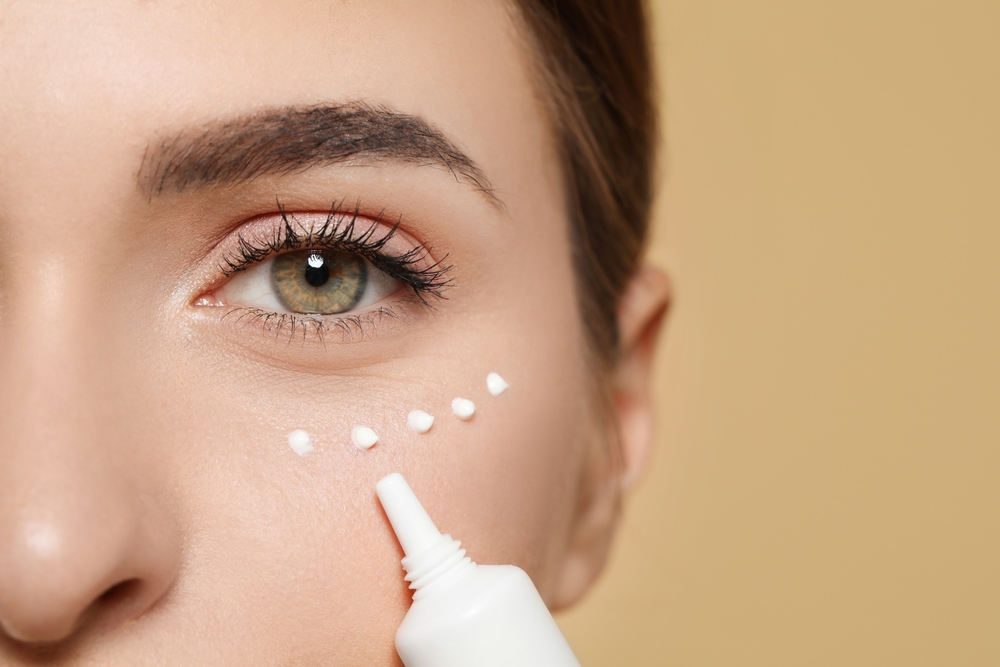Eye bags are a common cosmetic concern for many people, but not all eye bags are the same. Among the various types, malar bags stand out as a distinct issue that differs from the typical under-eye puffiness we often associate with tiredness or ageing. Malar bags, or festoons, are more prominent swellings on the upper cheekbone, just below the lower eyelids.
Unlike general puffiness, they can be more challenging to treat and often persist despite lifestyle changes. Understanding the causes of malar bags and exploring practical malar bags treatment options can help manage their appearance and boost confidence.
Understanding Malar Bags
Malar bags are often the result of a combination of factors, including genetics, ageing, fluid retention, and lifestyle habits. Unlike ordinary under-eye bags, usually caused by fluid accumulation due to fatigue or allergies, malar bags are related to more complex structural issues in the skin and underlying tissues.
Genetics play a significant role; if malar bags run in your family, you may be more predisposed to developing them. Ageing is another critical factor. As we age, the skin loses its elasticity, and the supportive structures beneath it weaken, leading to sagging and the accumulation of fluids in certain areas, including the malar region. Fluid retention, often exacerbated by poor diet, dehydration, or certain medical conditions, can also lead to the appearance of malar bags.

External factors like prolonged sun exposure can worsen the situation by accelerating skin ageing, reducing collagen production, and contributing to skin laxity. Combined, these factors lead to the formation and prominence of malar bags, which can significantly impact a person’s appearance, making them look tired, aged, or even unhealthy.
Lifestyle Tips for Managing Malar Bags
While genetics and ageing are out of our control, several lifestyle adjustments can help reduce the appearance of malar bags. Taking a proactive approach can yield noticeable improvements and may even delay their development.
Diet and Hydration

Maintaining a balanced diet and staying hydrated are crucial to managing malar bags. Excessive salt intake can lead to water retention, swelling, and puffiness around the eyes. Incorporating foods rich in antioxidants, vitamins, and minerals can improve skin health and elasticity. Staying hydrated is key to maintaining good circulation and reducing fluid retention. Aim for at least 2 litres of water per day, and consider limiting your intake of caffeinated and alcoholic beverages, which can cause dehydration and exacerbate puffiness.
Sleep Habits
Quality sleep is essential for overall health and for managing the appearance of malar bags. Lack of sleep or poor sleep quality can lead to fluid buildup around the eyes, making malar bags more prominent. Ensuring you get 7-9 hours of sleep each night is vital. Additionally, try sleeping with your head slightly elevated. This helps prevent fluids from pooling in the facial area, reducing morning puffiness and making malar bags less noticeable.
Sun Protection
Sun damage is a leading cause of skin ageing and can significantly worsen the appearance of malar bags. UV rays break down collagen and elastin fibres in the skin, leading to sagging and increased visibility of malar bags. Wearing a broad-spectrum sunscreen with at least SPF 30 daily, even on cloudy days, is essential. Additionally, consider wearing sunglasses and wide-brimmed hats to protect the delicate skin around the eyes from sun damage.
Skincare Routine

A well-rounded skincare routine tailored to your needs can also help manage malar bags. Gentle practices that promote skin health are critical. An eye cream containing caffeine, peptides, or hyaluronic acid can improve skin elasticity and reduce puffiness. Caffeine constricts blood vessels, helping to reduce fluid buildup, while peptides boost collagen production, improving skin firmness. Hyaluronic acid deeply hydrates the skin, making it appear plumper and smoother. Consistency is essential; applying these products regularly as part of your daily skincare routine can yield gradual but noticeable results.
Exploring Non-Invasive Treatments
For those looking to enhance their results beyond lifestyle changes, several non-invasive treatments can help reduce the appearance of malar bags.
Facial Massage
Regular facial massages can be an effective way to improve lymphatic drainage and reduce puffiness. Gentle tapping or massaging movements around the eyes and malar area can stimulate circulation and encourage fluid movement, helping to alleviate swelling. Tools such as jade rollers or gua sha stones are famous for this purpose, offering a soothing, spa-like experience that can be done at home.
Cold Compresses

Cold compresses are a tried-and-true method for temporarily reducing puffiness. The cold temperature constricts blood vessels, reducing swelling and making malar bags appear less noticeable. Chilled spoons, gel eye masks, or simply placing a damp, cold washcloth over the eyes for a few minutes can provide quick relief. Consider investing in reusable eye patches designed to cool and soothe the skin for a more targeted approach.
Over-the-Counter Products
A wide range of creams and serums can help firm the skin and reduce the visibility of malar bags. Look for products containing retinol, vitamin C, or niacinamide, which improve skin texture, boost collagen, and even tone skin. While these products can’t eliminate malar bags, they can make the skin appear smoother and less puffy, offering a more refreshed look. It’s important to be patient, as visible results may take several weeks of consistent use.
When to Consider Professional Advice
While lifestyle changes and non-invasive treatments can be effective, there are cases where professional intervention may be necessary. If malar bags significantly affect your self-esteem or other symptoms like pain or discomfort accompany them, it’s advisable to consult a dermatologist or aesthetic doctor. Several medical treatments are available, ranging from injectables like hyaluronic acid fillers, which can smooth out the transition between the cheek and the under-eye area, to more advanced surgical options like blepharoplasty or a lower facelift for severe cases.
Professional guidance is crucial in determining the most appropriate treatment for your situation. They can assess the underlying causes of your malar bags and recommend a tailored treatment plan that suits your needs and goals.
Conclusion
Malar bags can be a persistent and frustrating cosmetic concern. Still, with a holistic approach that combines lifestyle adjustments, skin care, and, when needed, professional treatment, it’s possible to manage their appearance effectively. By understanding the factors that contribute to malar bags and taking proactive steps to care for your skin, you can improve your look and feel. Remember, beauty is as much about how you feel on the inside as how you look outside—small changes in your daily routine can make a big difference in enhancing your natural radiance.
15 Lifestyle Changes to Boost Your Mood Naturally: A Naturopaths Perspective





